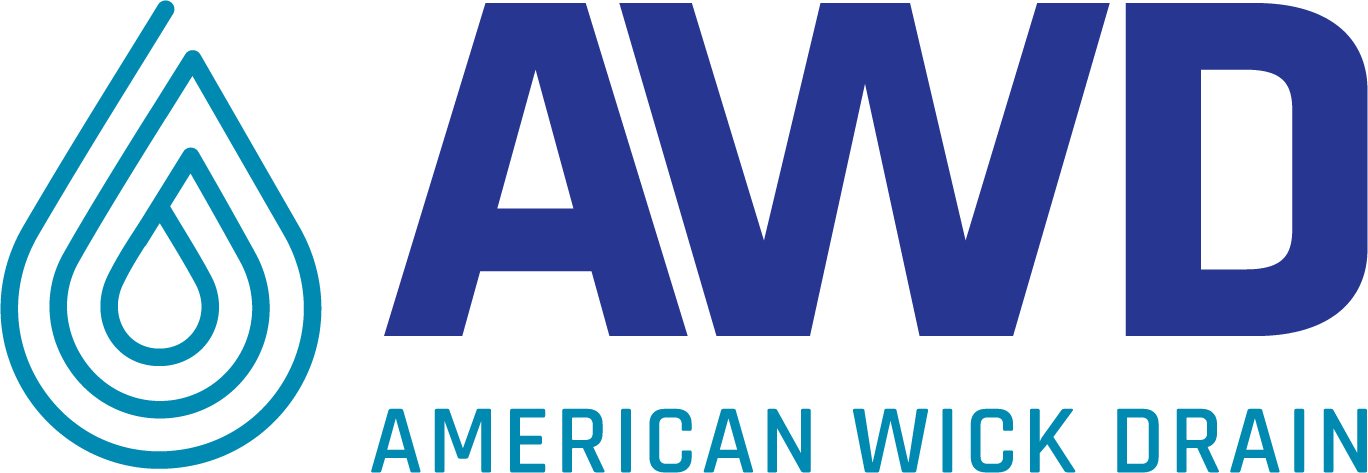Application spotlight: soil nail wall
Soil nailing is a slope stability technique used by geotechnical engineers that utilizes additional reinforcing, typically steel bars (soil nails), to stabilize an area of steeply inclined soil that has the potential of slope failure due to internal and/or external stresses. The soil nails are drilled into the soil at predetermined depths, angles, and spacing to provide the desired support. The soil nails provide additional reinforcement by helping to carry the excess internal stresses that could potentially cause the area of inclined soils to fail along one or more of the potential slope failure planes. Once the soil nails are in place a temporary facing layer (shotcrete) is placed followed by placement of a permanent facing layer (cast-in-place concrete). The facing layer provides the appearance of a retaining wall structure, but actually provides little structural support to the retained soil.
As is the case in all retained soil and slope stability applications, drainage is a key component to ensuring that the overall earthen system performs as designed. A traditional aggregate drainage layer with perforated pipe is not practical for soil nail wall applications due to limited space and the construction techniques utilized. Geocomposite drainage systems provide an engineered drainage solution that is practical for soil nail wall applications. Geocomposite drainage systems come in low profile (1/4” to 1” thick) lightweight rolls (6” to 8’ in width), making them significantly less labor intensive and more practical to install compared to aggregate and perforated pipe systems.
Geocomposite drainage systems are tested per ASTM and/or ISO testing standards to confirm various physical and performance properties, which provides an engineered drainage solution with superior quantifiable drainage performance, allowing designers to specify the appropriate products to meet their project-specific performance requirements.
Geocomposite drains are typically placed against the supported soils prior to application of the temporary shotcrete facing layer. Full wall coverage with geocomposite drain can be specified, with the drain requiring cutting and detailing around the protruding soil nails. A partial coverage technique called “chimney drains” is also commonly specified, placing the geocomposite drain in vertical strips between the soil nails. With either method, the vertical wall drain is either connected to weep holes to allow collected water to evacuate through the wall, or connected to a geocomposite base drain for lateral drainage behind the wall allowing for greater spacing of weep holes and/or connection to outlet pipes/systems. AWD SITEDRAIN Sheet Series (full coverage using sheet drain) and AWD SITEDRAIN C-Series (partial coverage using chimney drain) products are specifically designed for soil nail wall applications, and are available in varying thicknesses, roll widths, core strengths, flow rates, and geotextile filter fabric options to meet project-specific requirements.
Grant Caldwell, PE (2018)

